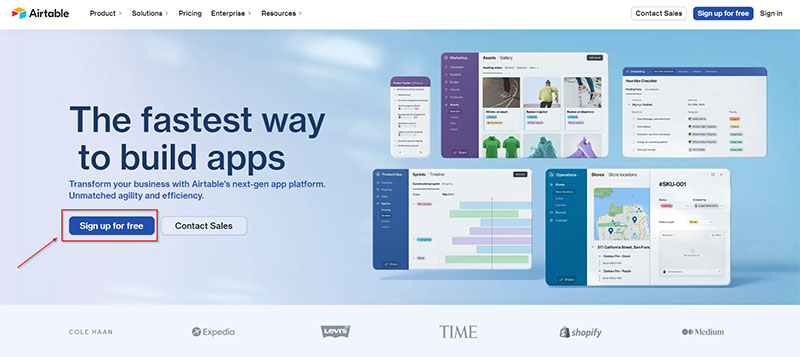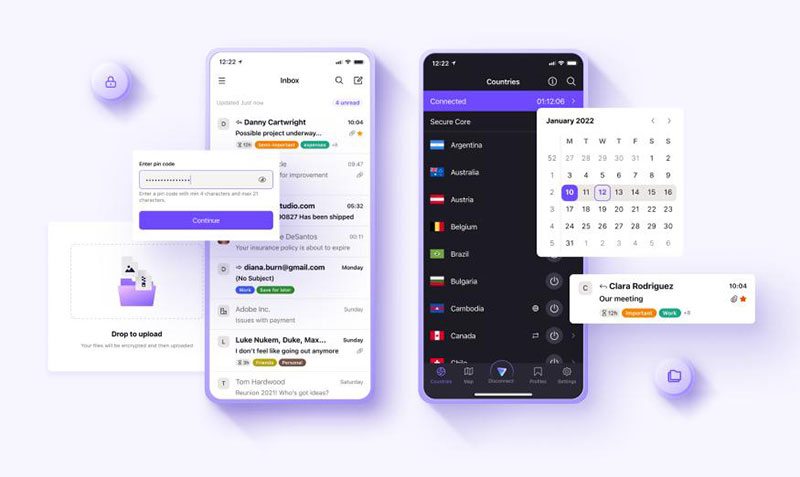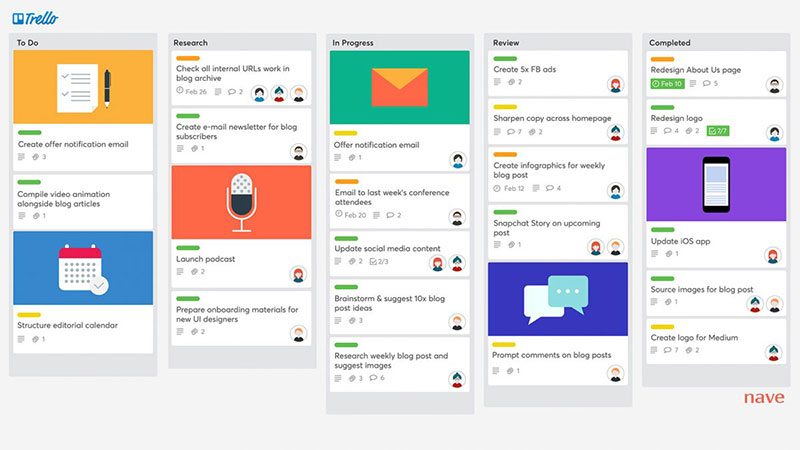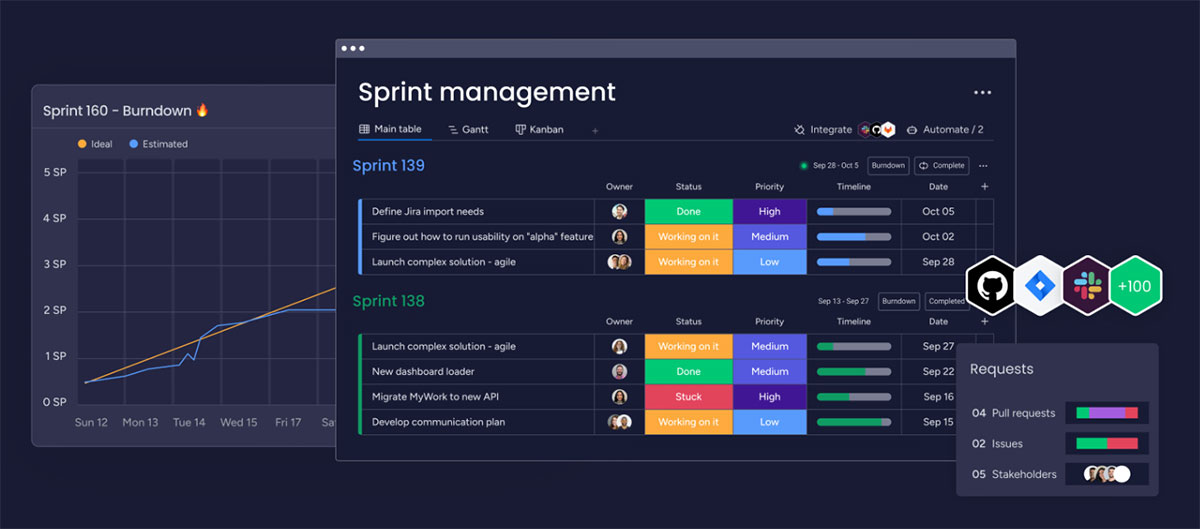Ever noticed how the best things sell themselves? Product led marketing is that phenomenon, in action, breaking through the noise of our digital lives. It flips the script on traditional sales tactics. We’re no longer chasing; we’re attracting. It’s about putting the product front and center—letting its value proposition do the heavy lifting.
Here’s the deal: Times have changed. Users crave instant gratification, and they’re savvy about what they adopt.
In-app messaging, behavioral email triggers, and personalized onboarding experiences? That’s the language of now.
By the time you’re done here, you’ll wield the tools of product-led growth like a pro.
Your product will not just be seen—it’ll be experienced, it’ll be essential. From freemium models to user experience that hooks, I’m about to unpack strategies that transform users into advocates—before they even know what hit ’em.
Prepare for a deep dive into leveraging use patterns, exploring product adoption, and turning analytics into strategy. Your roadmap starts … now.
Key takeaways
- Product as the Marketer: In product-led marketing, the product itself is the centerpiece that promotes the business, relying on its own merits and user experiences to generate buzz and market presence.
- Shift From Traditional Marketing: This strategy marks a departure from aggressive advertising tactics. Instead of relying on pushy sales pitches, product-led marketing focuses on showcasing the product’s inherent value and letting it “speak” for itself.
- Customer Experience and Cost Benefits: A superior product enhances customer experience, which naturally translates to higher satisfaction and advocacy. Additionally, product-led marketing can significantly reduce customer acquisition costs due to the organic and self-propelling nature of product promotion.
- Sales Cycle Efficiency: By enabling customers to directly experience the product’s value, product-led marketing strategies can shorten the sales cycle, leading to quicker purchase decisions and potentially higher conversion rates.
Understanding the Concept of Product-Led Marketing
Product-led marketing. It’s a term that’s been buzzing around. But what does it mean exactly?
The Shift from Traditional to Product-Led Marketing
Ever thought about how marketing was all about pushy sales pitches and intrusive ads? That’s old school. Enter product-led marketing, the new kid on the block.
Instead of throwing flashy ads, it’s all about letting your product do the talking. It’s about making your product so epic that it becomes its own billboard.
Key Characteristics of Product-Led Marketing
So, what does product-led marketing look like? First off, it’s all about the product. In product-led marketing, your product is the star of the show.
It’s not about what you say about your product, but about what your product says about you.
It’s customer-centric, focused on solving problems and providing value. This kind of marketing lets your product speak for itself and lets customers experience its awesomeness directly.
The Role of the Product in Marketing Strategy
With product-led marketing, your product isn’t just something you sell. It’s a key part of your marketing strategy.
It’s a tool you use to create a connection with your customers, to solve their problems, to add value to their lives. It’s the bridge between your brand and your customers.
The Benefits of Product-Led Marketing
Product-led marketing isn’t just a cool concept. It has some serious benefits too.
Enhanced Customer Experience
The first one? A better experience for your customers. When your product is good, customers will know.
They’ll appreciate it. And they’ll remember their positive experience.
Lower Customer Acquisition Cost
Then there’s cost. Traditional marketing can be expensive. But when your product is your marketing, you can significantly lower your customer acquisition costs.
It’s like getting a two-for-one deal.
Increased Customer Retention and Advocacy
And let’s not forget about customer retention and advocacy. Happy customers stick around. They’ll also tell their friends about your product.
Word-of-mouth is a powerful thing, folks.
Shortened Sales Cycle
Finally, product-led marketing can help to shorten the sales cycle.
When customers can try your product and see its value for themselves, they’re more likely to make a purchase decision quickly.
Implementing a Product-Led Marketing Strategy
Alright, now you’re thinking, “This sounds great, but how do I make it happen?” Well, here are some steps to guide you.
Understanding Your Product and Its Value Proposition
First, know your product. Understand its strengths, its features, its value. Understand what makes it different from all the other products out there.
Identifying Your Target Audience
Next, know your customers. Who are they? What are their needs? What problems are they trying to solve?
Aligning Your Marketing Efforts with the Product Experience
Then, align your marketing with your product. Your marketing efforts should reflect the experience of using your product. They should make people feel like they’ve already tried and loved your product.
Key Elements of a Product-Led Marketing Strategy
So, what are some key elements you should include in your product-led marketing strategy?
Product-Led Content Marketing
Content marketing is still king. But now, it’s all about creating content that showcases your product. Blog posts, videos, infographics – whatever format you choose, make your product the star. To complement this approach, you can use text-to-speech software to easily create videos that highlight your product’s features. This tool simplifies transforming written content into engaging, narrated videos, making your marketing efforts more efficient and effective.
User Experience and Onboarding
The user experience is crucial. It should be smooth, intuitive, and enjoyable. And onboarding? That’s your chance to make a great first impression. Don’t waste it.
Pricing Transparency and Simplicity
People appreciate transparency and simplicity, especially when it comes to pricing. So, be upfront. Be clear. No hidden fees, no surprises.
Cross-Functional Collaboration
Finally, remember that product-led marketing isn’t just a marketing thing. It involves everyone – from product development to customer service. It’s a team effort.
Product-Led Growth Marketing Strategies
Now, let’s dive into some strategies to drive growth with product-led marketing.
Simplifying the Sign-Up Process

First off, simplify your sign-up process. Make it as easy and as quick as possible for people to start using your product.
Tailoring Onboarding to Boost Retention and Advocacy
Your onboarding process?
That’s your moment to shine. It should be customized to the user, guiding them smoothly from sign-up to first use. This helps to create a lasting positive impression.
Prioritizing a Good User Experience
Your user’s experience with your product should be nothing short of awesome. This is where all the magic happens.
It’s where your users interact with your product and get to see firsthand how awesome it is.
Focusing Content Marketing Around the Product
Lastly, remember to focus your content marketing around your product. Show off your product’s features, demonstrate its value, and showcase how it can solve problems.
Let your product take center stage in your content marketing efforts.
Case Studies of Successful Product-Led Marketing
Let’s see some real-life heroes who nailed product-led marketing.
Case Study 1: TickTok

Imagine a brand that’s all about creating a community of creators. They offer a platform where anyone can share their talent. And the platform itself?
It’s user-friendly, feature-rich, and constantly evolving. They show, rather than tell, how they can help creators succeed. Result? Millions of loyal users and creators, all because they let the product lead.
Case Study 2: ProtonMail

Picture this: an email service that is all about ease and simplicity. They don’t just promise a clutter-free inbox; they deliver it.
They’ve focused on providing a clean, simple user interface, with features that actually make email manageable. No flashy ads, just a product that speaks for itself. And guess what? Users love them for it.
Case Study 3: Trello

Think of a tech company. They offer a project management tool that makes collaboration a breeze.
They don’t go for the hard sell; instead, they let potential customers try the tool, see how it can streamline their work, and get hooked on the effortless collaboration.
The product sells itself, and they’re winning the market.
Challenges and Solutions in Product-Led Marketing
Product-led marketing sounds great, right? But let’s be real, it’s not all sunshine and rainbows.
Common Challenges in Implementing Product-Led Marketing
First, you’ve got to have a solid product. That’s not as easy as it sounds.
Then, there’s the challenge of aligning your entire organization around this product-led approach.
Effective Solutions and Best Practices
But don’t worry, we’ve got your back. To overcome these challenges, focus on your product development.
Make sure your product truly provides value. And get everyone on board with the product-led mindset. Collaborate. Innovate. You’ve got this.
The Future of Product-Led Marketing
Looking forward, product-led marketing isn’t going anywhere. It’s here to stay.
Emerging Trends in Product-Led Marketing
Expect to see more brands focusing on their product experience. Expect more transparency, more customer-centricity. It’s all about adding value for the customer.
The Role of Technology in Product-Led Marketing
And technology? It’s going to play a huge role. Expect to see more interactive product demos, more AI-powered personalization. Tech is set to take product-led marketing to the next level.
FAQ On Product Led Marketing
What is Product Led Marketing exactly?
Think of it like a magnet. You’ve got this epic product, see, and it pulls people in all on its own. Flip the usual pitch-and-sell. We’re engaging folks through the actual use of the product— they get hooked, they stay, they buy. It’s like building a moat with pure user love.
How does Product Led Marketing differ from traditional marketing?
Traditional? That’s blasting messages and hoping for a catch. With product led, we’re smooth operators. It’s all about the user journey inside the product. They click, they play, they explore, and bam! They’re customers. It’s personal, it’s focused, it’s the product showing off what it’s got.
Why is Product Led Marketing effective?
It comes down to proving, not just promising. Users get their hands on the product, no strings attached. If we’re talking effectiveness, imagine a “try before you buy” but on steroids. People love getting value before they open their wallets. It’s that sweet “aha moment,” see, and then they’re all in.
What role does the onboarding process play?
Onboarding? That’s your make-or-break. It’s the first date, and like any good date, it’s got to be charming. A seamless, intuitive start with a product sets the pace. Nail this, and you’re laying down the red carpet to that aha moment. Miss it, and it’s game over.
Can all types of products use Product Led Marketing?
Let’s keep it real—not every product is a slam dunk for this. You need something that speaks for itself once it’s in the user’s hands. Think SaaS, apps, platforms. If you can’t deliver instant “wow,” rethink it. Your product needs to be like a good secret—irresistible to share.
How important is analytics in Product Led Marketing?
Analytics? It’s the pulse check. It tells you if the product’s hitting the mark or needs a CPR. Every click, every interaction—it’s gold. Analyze these jewels right, and you become the wizard of product adoption, crafting experiences that users crave. Miss these cues, and you’re shooting in the dark.
What’s the biggest challenge with implementing Product Led Marketing?
You’ve got to balance attraction and friction. Make it too easy, and they won’t value it. Make ’em work too hard, and they bounce. Then there’s the art of nailing the user experience without a sales net. It’s a tightrope walk, my friend, high above conversion ground.
How do I measure the success of a product-led strategy?
Success is a three-letter acronym, my friend—CLV, Customer Lifetime Value. Are your customers sticking around longer, spending more? Peek at those conversion rates, churn rates, and yeah—Net Promoter Scores (NPS). It’s a cocktail of metrics that’ll scream “you’re doing it right” or “time to pivot.”
Is Product Led Marketing suitable for B2B, B2C, or both?
It’s a double-edged sword. Works like a charm for both, but differently. B2B loves the efficiency—less hand-holding, more empowering users. B2C? It’s all about that instant connection. Whatever your playground, it’s crafting an experience that feels like it’s tailored just for them.
What resources are needed to transition to a Product Led Marketing strategy?
First, a killer product—can’t do much without it. Then, a band of creative geniuses—designers, UX folks, data nerds. You’re building a self-selling machine, and every bolt and screw, from onboarding flows to intuitive design, matters. Plus, embrace the data—it’s your compass and map.
Conclusion
We’ve journeyed through the trenches of product led marketing, unpacking every toolkit at our disposal. The gravity of a well-crafted product? It’s undeniable. As we amp up the user experience, pepper in some integrated in-app engagement, and dial up those onboarding experiences—we’re essentially crafting our own narrative.
- Value proposition? Check.
- Anchoring with product excellence? Heck yes.
- User-centric pathways that chart the course from curious clicker to loyal advocate? Nailed it.
Forget the spiel of yesteryear’s marketing. This is the heartbeat of a strategy that moves and grows with its users. It’s tailored suits in a world of off-the-rack promises. So, what’s next? Take these insights, the battle-tested strategies, and let them guide you. Let’s not just launch products. Let’s architect experiences. Because, at the end of the day, it’s the experience that writes the story—and keeps them craving the next chapter.
If you liked this article about product led marketing, you should check out this article about product management competitive analysis.
There are also similar articles discussing product analytics, product sustainability, product operations, and product portfolio management.
And let’s not forget about articles on product manager career path, lean product development, product engagement, and product evangelism.
- TypeScript Today: What is TypeScript Used For? - April 27, 2024
- Professional Video: Cinematography Apps Like FiLMiC Pro - April 26, 2024
- Optimizing Your Shopify Store for Maximum Dropshipping Success - April 26, 2024









